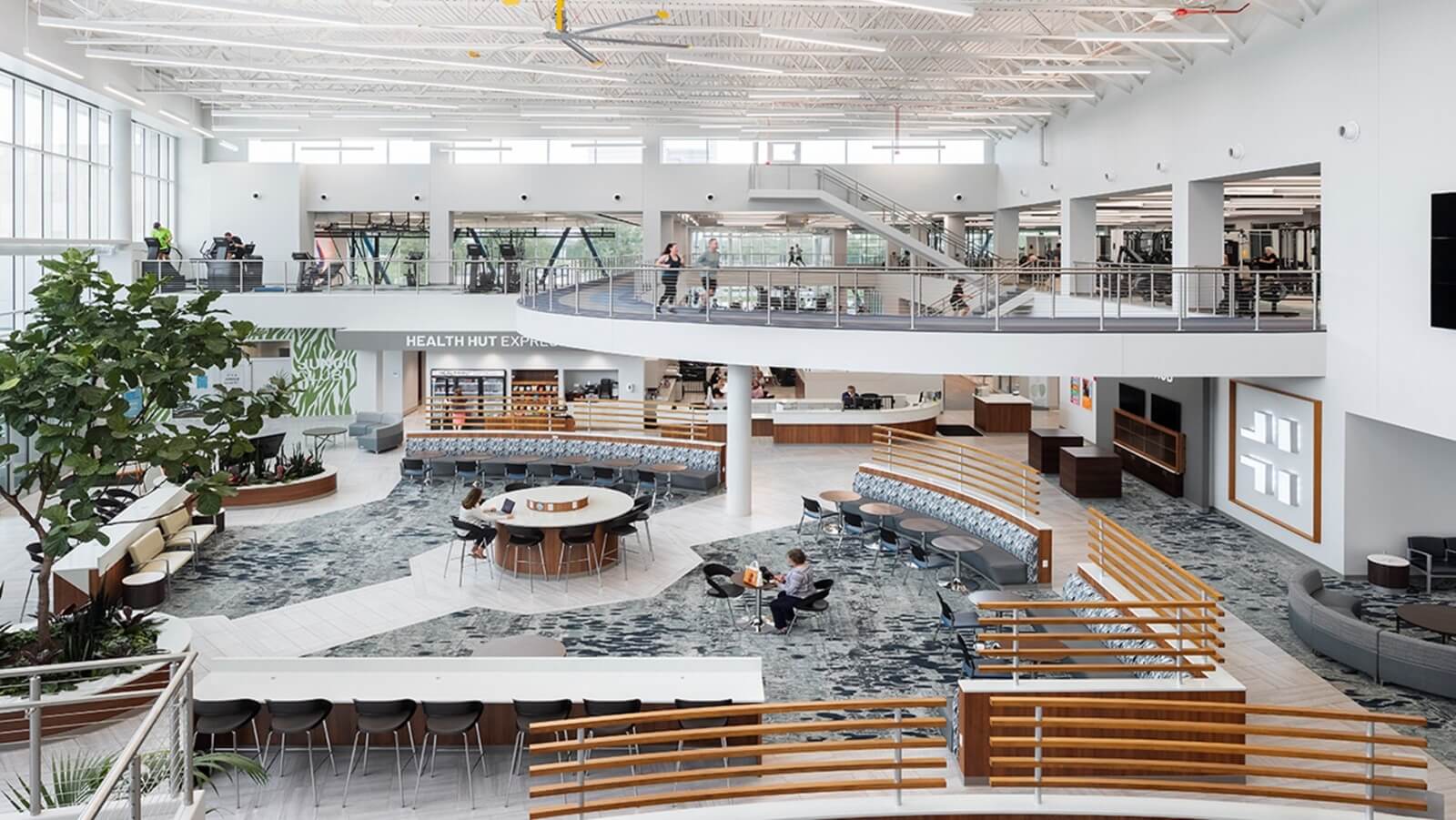Medical Fitness Today: What OLC is Seeing for 2025 and Beyond
 We speak from our perspective as architects who have been working in the Medical Fitness space since it first emerged as a design challenge for us 40 years ago in Libertyville, IL. We see 2025 to be a year where continued construction cost pressure has suppressed the development of the next generation of large, fully diversified, state-of-the-art, financially sustainable Health and Wellness Facilities.
We speak from our perspective as architects who have been working in the Medical Fitness space since it first emerged as a design challenge for us 40 years ago in Libertyville, IL. We see 2025 to be a year where continued construction cost pressure has suppressed the development of the next generation of large, fully diversified, state-of-the-art, financially sustainable Health and Wellness Facilities.
However, we believe these obstacles to be a temporary restraining factor on new facility growth over the long term. Through our continued commitment to the Medical Fitness Industry, we are pleased to see that the dedicated Medical Fitness Professionals who lead this industry continue their commitment to “exercise is medicine” even as they promote serious innovation related to a wide range of healthy lifestyle choices.

The Six Pillars of the American College of Lifestyle Medicine may say it best.
Each of these Pillars offer opportunities for exceptional building design.
- Nutrition:
Emphasizing a whole-food, plant-predominant eating pattern, rich in fruits, vegetables, and whole grains, while minimizing processed foods, saturated fats, and added sugars. Successful F&B design for Health and Wellness facilities is always a challenge. - Physical Activity:
Engaging in regular and consistent physical activity, including both aerobic and strength training exercises, tailored to individual needs and abilities. New exercise trends emerge every year and our buildings must be able to accommodate them. - Restorative Sleep:
Prioritizing 7-9 hours of quality sleep per night, recognizing its crucial role in physical and mental health. Member discovery of new clinical services such as sleep therapy can be assisted through enlightened design. - Stress Management:
Implementing techniques like mindfulness, meditation, and cognitive behavioral therapy to effectively manage stress and prevent behavioral health issues. If poor building design can cause stress, good building design can reduce stress! - Avoidance of Risky Substances:
Reducing or eliminating the consumption of tobacco, alcohol, and recreational drugs, which are linked to a wide range of health problems. Education about these risks can be a reason for non-members to attend a public presentation in your members-only facility and discover what you have to offer. - Positive Social Connections:
Fostering and maintaining meaningful relationships that provide support, belonging, and a sense of purpose, which are vital for long term well-being. Open, transparent design with strategically positioned spaces for informal gathering can make a difference.
Building Design Matters! Everyone at OLC Architects is eager for the coming opportunities to optimize the design of the buildings that will most effectively deliver these wholistic benefits to local communities around the globe.

About the Author
Hervey Lavoie, FMFA, is OLC's President actively involved in projects and team leadership, responsible for design inspiration, client-centered creativity and mission fulfillment. In his 40+ years as a licensed Architect, he has designed more than 45 medically-integrated, hospital-affiliated fitness/wellness facilities.
For additional information contact:
Hervey Lavoie
M: 303.888.8665
E: hlavoie@olcdesigns.com
Ohlson Lavoie Corporation website: https://www.olcdesigns.com/
OLC supports the Medical Fitness Association as an Industry Partner.
